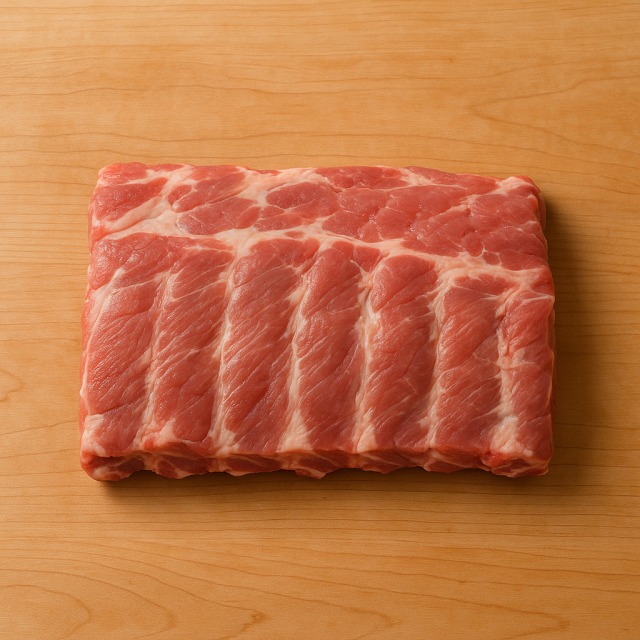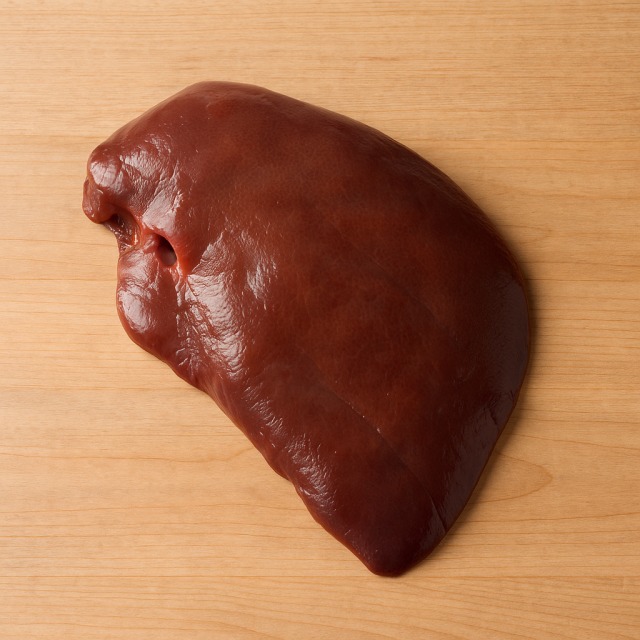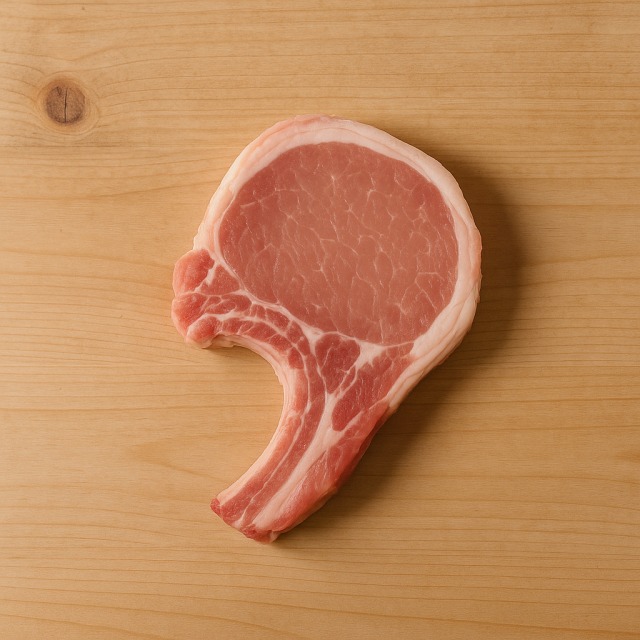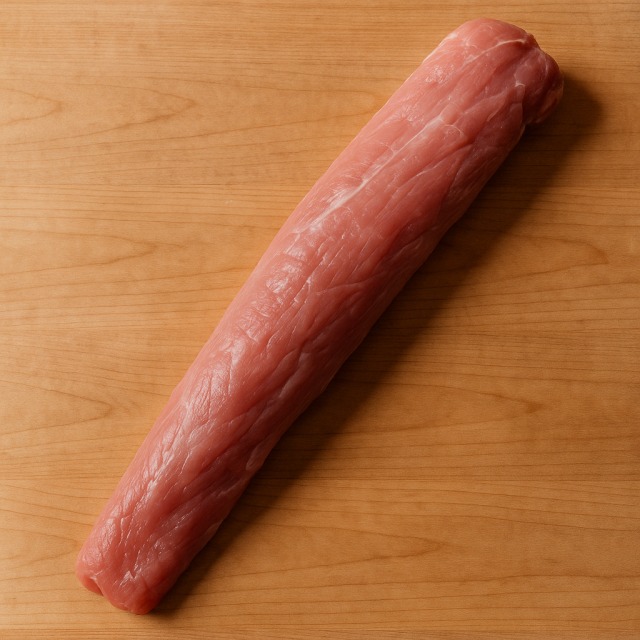Calorie Chart / Meat & Eggs / Pork roast
How Many Calories Are in Pork roast?
Calculation of the nutritional value & Recommended Dietary Intake of pork roast
For g and a calorie requirement of kcal
| Calories 305 kcal | Proteins 26 g | Lipids 23 g | Carbohydrates 0 g |
| 15% | 35% | 34% | 0% |
Health benefits of pork roast
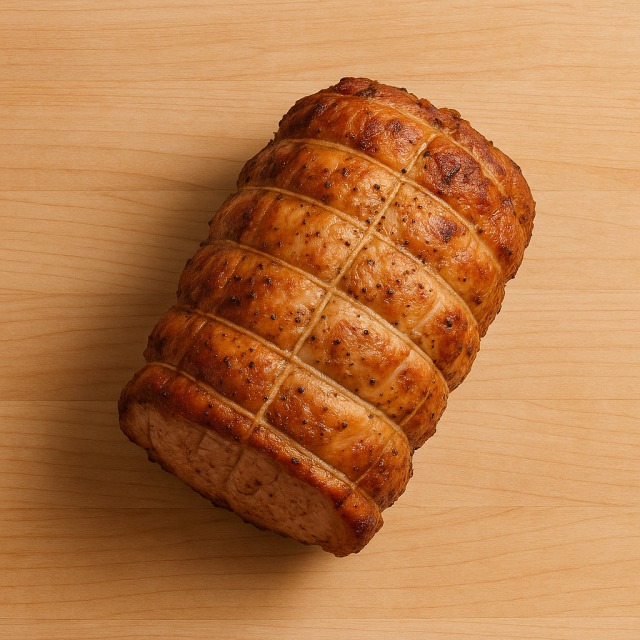
Pork roast - 100g
Calories 203 kcal
Proteins 17 g
Lipids 15 g
Carbohydrates 0 g
Pork roast is a moderate-to-high-calorie source of complete proteins (17 g per 100 g) that supplies all essential amino acids needed for muscle maintenance. Unlike many fatty cuts, it offers a balanced lipid profile with roughly 15 g of fat, including a good share of mono- and polyunsaturated fatty acids.
On the micronutrient side, pork roast delivers significant amounts of thiamine (vitamin B1), a vitamin often lacking in modern diets and crucial for energy metabolism. It is also rich in niacin (vitamin B3) and vitamin B6, both involved in reducing fatigue and supporting the nervous system. Among minerals, it provides heme iron for oxygen transport, zinc for immunity, and selenium, an antioxidant trace element. Because these nutrients are present in meaningful quantities without excessive sodium, pork roast can be a valuable addition to varied menus when its calories are kept in check.
Historically, slow-roasted pork has been a staple of European Sunday lunches since the Middle Ages, when lard-fed pigs supplied families with enduring energy during winter. Knowing this context can help you understand why traditional recipes tend to be generous in calories and why lighter accompaniments are now recommended.
Tips for incorporating pork roast into a balanced diet
To balance the calories of a pork roast meal, favor light, fiber-rich sides. A classic pairing is oven-roasted pork with a compote of apple and a serving of steamed broccoli. The natural sweetness of fruit and the crunch of green vegetables reduce the need for sugary or fatty sauces while adding volume without many calories.
If you enjoy Asian flavors, marinate the meat in soy, ginger, and garlic, then serve thin slices over a bowl of brown rice and sautéed bell pepper. The complex carbs and extra vitamins stretch the dish so you eat less meat yet still feel satisfied.
For a festive but balanced plate, shred leftover pork roast and use it in homemade tacos with grilled zucchini, fresh salsa, and a spoonful of creamy yet protein-rich yogurt sauce. This trick keeps overall calories moderate while showcasing the meat's flavor. Whatever the recipe, control portion size (about 120–150 g cooked) to keep pork roast calories in line with your daily needs.
Frequently Asked Questions
- How many calories are in pork roast?
- There are 203 kcal per 100 g.
- Is pork roast fattier than chicken breast?
- Yes. At 15 g of lipids per 100 g, pork roast contains significantly more fat and therefore more calories than a lean cut such as chicken breast (around 110 kcal).
- Does slow cooking change the calories of pork roast?
- Slow cooking mainly affects water content, not energy value. Drippings removed during cooking may slightly lower the portion's calories, but the change is marginal per 100 g.
- Which seasoning boosts flavor without adding many calories?
- Dry rubs based on herbs, paprika, garlic, and mustard powder add depth while keeping extra calories negligible compared with oil-rich marinades.
- Can pork roast fit into a weight-loss plan?
- Yes—by controlling portion size, trimming visible fat, and serving it with low-calorie sides such as a salad of lettuce and cucumber, you can keep total meal calories moderate.
- Is pork roast suitable for athletes?
- Its high-quality proteins support muscle recovery, and its calories provide energy. Pair it with complex carbs like quinoa and plenty of vegetables for a balanced post-workout plate.
Similar foods
Information provided by Calorie Menu may contain inaccuracies or errors. It cannot, under any circumstances, substitute medical advice or medication.

